It’s Written All Over Your Face
Artist Ruben Nusz reflects on the very different sorts of inspiration and poetry gleaned from the human face by two artists, Elizabeth Peyton and Melba Price, each of whom has a new exhibition of painted portraiture on view
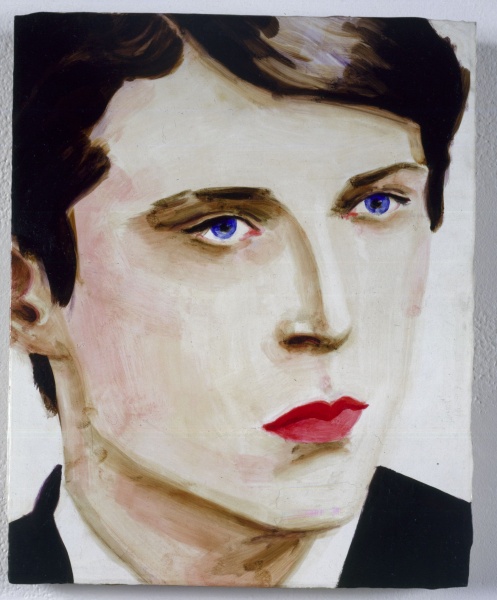
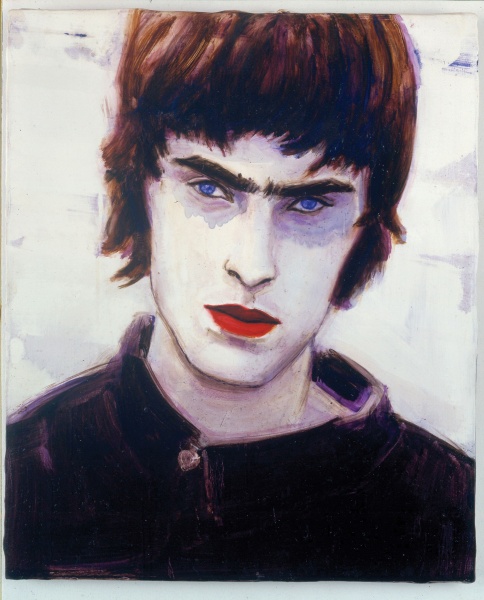
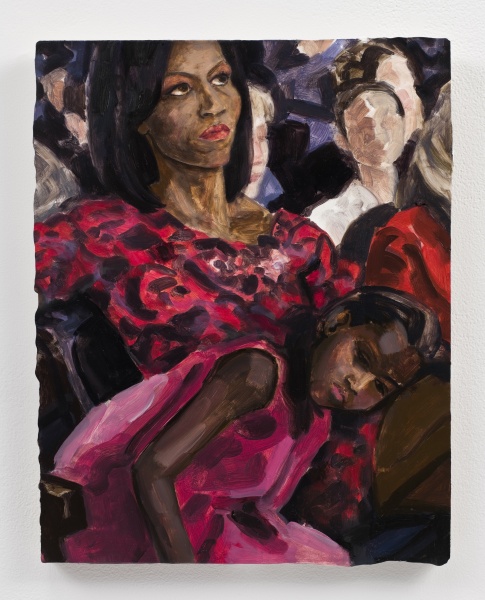

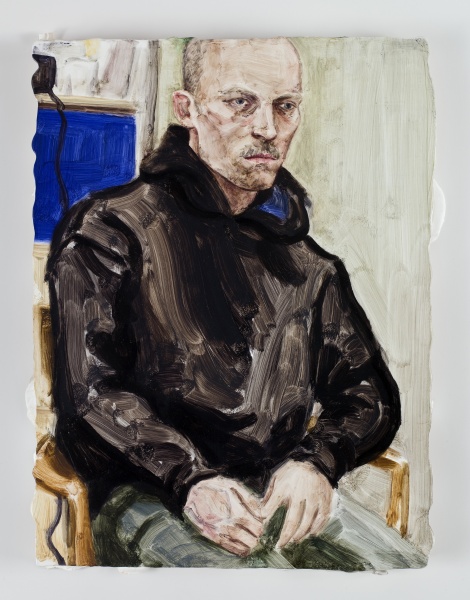
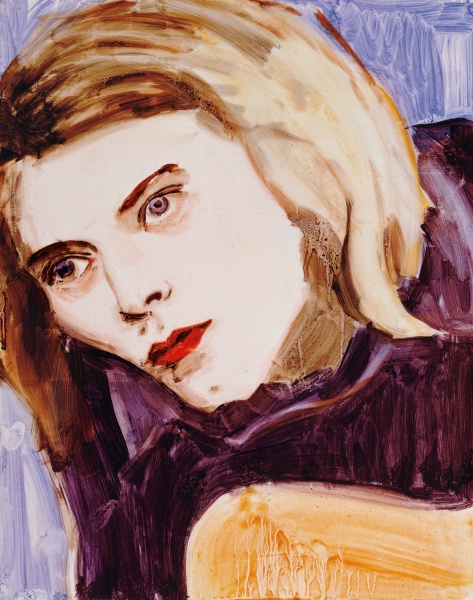
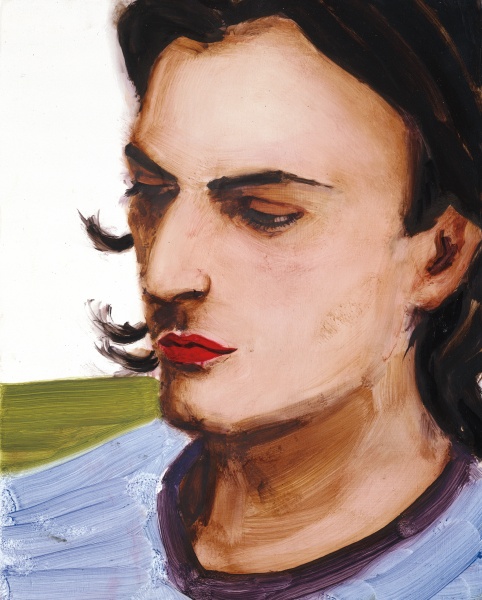
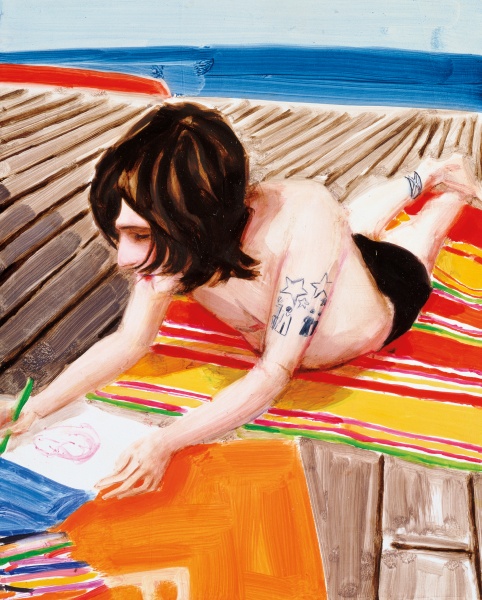
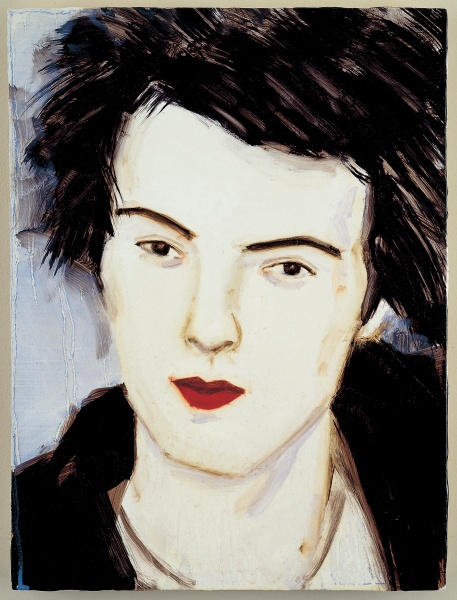
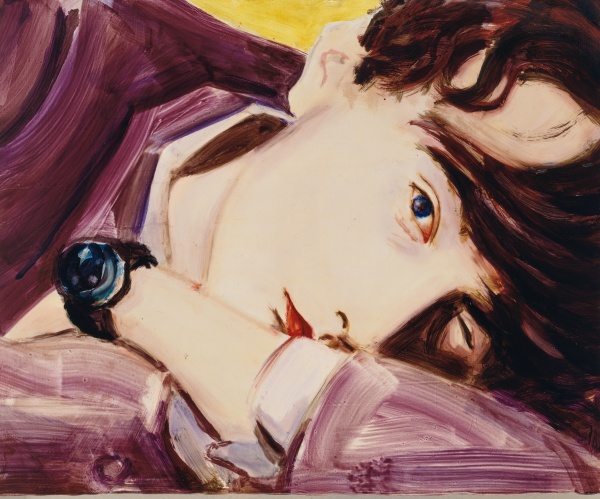
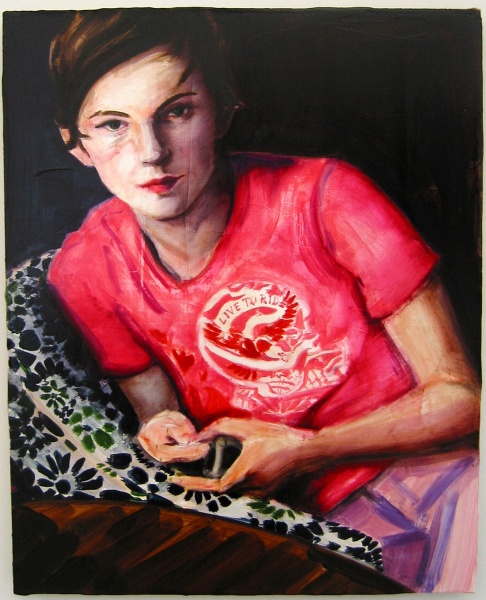
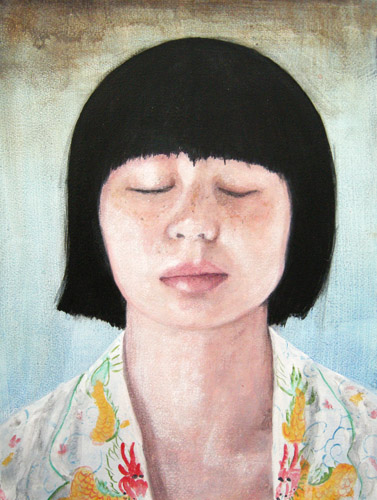
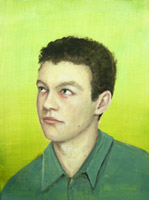
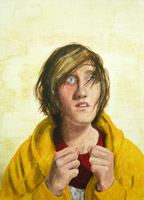
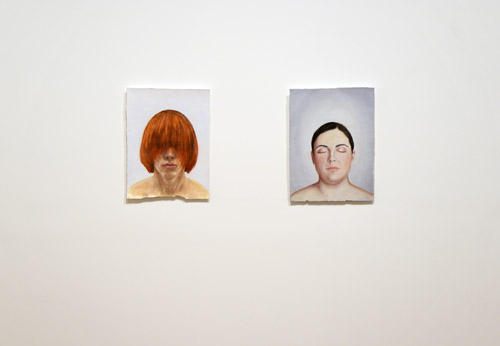
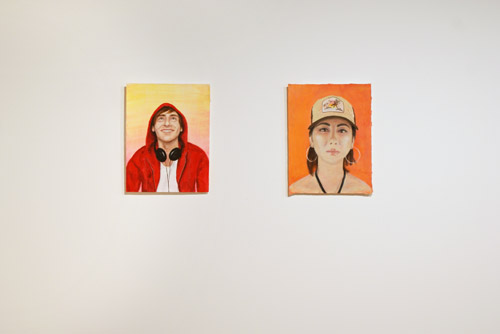
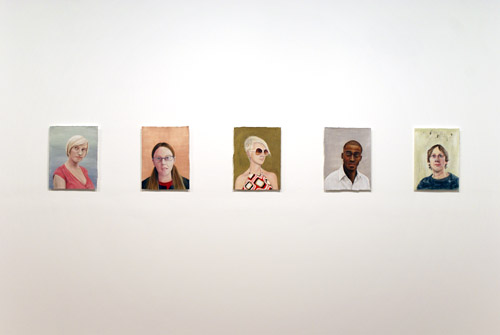
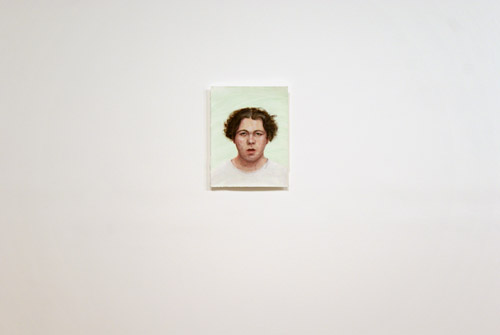
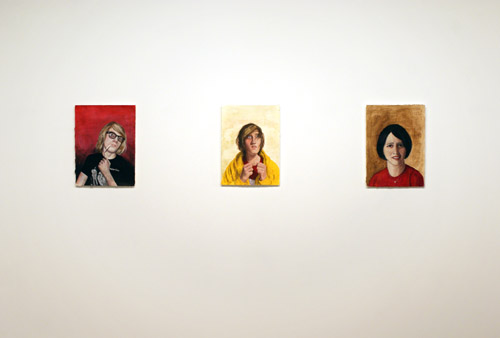
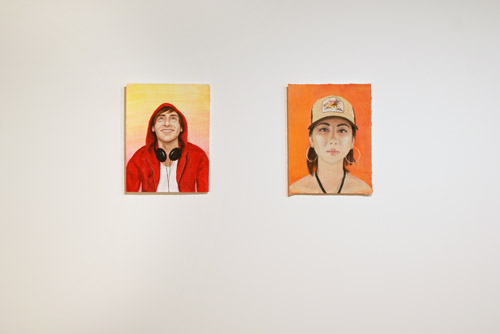
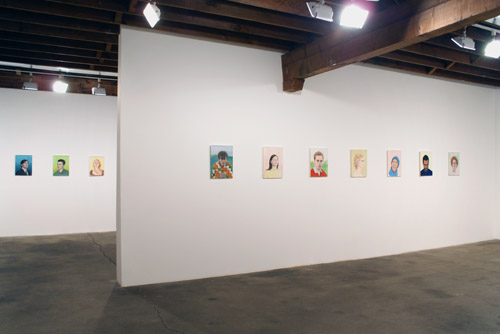
Given the local art–hype surrounding the Walker Art Center’s Elizabeth Peyton exhibition, Melba Price couldn’t have picked a worse time to show off her new body of work. Like Peyton, Price paints relatively small portraits of hipsters using a slightly washed out yet luminous color palette. However, Price, a relatively unknown artist, chooses anonymous subjects; while Peyton, known nationally as the celebrity portrait painter du jour, tends to select well-known sitters, among them punk legend Johnny Rotten of the Sex Pistols, art superstar Matthew Barney, and, most recently, our stylish new first lady, Michelle Obama (with daughter Sasha).
What bothers me about Peyton’s work–whose show Live Forever runs until June 14 at the Walker Art Center–is that the flash of her celebrity subjects encourages the public to bask primarily in the pieces’ most superficial characteristics. She’s made it all too easy for viewers to dismiss the work itself as vain, or self-absorbed, simply by its association with celebrity. Peyton’s precursor, Andy Warhol, likewise reveled in fame and avidly pursued those in the public eye–perhaps the fascination stems from a universal desire to be admired, looked at, and loved. None of us can deny these attractions in moderation, yet Warhol critiqued the art establishment by exploiting his personal fame, itself, as fodder for art–he lived it daily, wallowed in it, never broke character.
Peyton lacks Warhol’s showmanship. In fact, when you first look through her “pictures of people” as she calls them, she comes off more like a pock-faced teenager enamored with her rock-star idols (there’s an entire room in this show devoted to Nirvana front-man Kurt Cobain) than a worthy successor to Warhol. Yet despite the ostensible content of her paintings and her admitted admiration for the celebrities she depicts, if you look closely at her work it’s apparent that Peyton’s true aim lies beyond stargazing. Instead, she exploits the media’s undying infatuation with celebrity and the public’s insatiable appetite for fame to serve her own ends-and these ends lie in the subtle realms of moving radiant pigments around on a rectangular, two-dimensional surface. In essence, she capitalizes on the notoriety of Oasis’ Liam Gallagher or design mogul Marc Jacobs to maneuver the general public into talking about and looking at paintings. And this is a wonderful thing, perhaps her most notable achievement.
Inspired primarily by the work of British painter David Hockney (he, himself, is depicted multiple times in the show), Peyton’s thick, economic brush strokes permeate the canvas with such ease and precision that viewing her work is akin to seeing an Olympic fencer in action. At moments she stabs the surface with the brush, leaving behind circular, oil-painted bristle marks indicative of the beginning or end of a brushstroke.
The catch-22 with Peyton’s work is that she can illuminate an entire room with a painting the size of an envelope, but her source material too often undermines her achievement, distracting the viewer from the beauty of her piece.
Mostly though, one responds to her adroit employment of both complementary and contrasting oversaturated hues. (Printed reproductions do not do these paintings justice; you need to see this show in person.) I’d even go so far as to say that Peyton’s painterly talents are in line with previous modern master-colorists like Henri Mattisse (whose vision she channels in Hotel 1966, John Lennon) and Willem DeKooning (echoed in Zoe’s Kurt).
This is the catch-22 with Peyton’s work: she can illuminate an entire room with a painting the size of an envelope (Nick reading Moby Dick feels like the best of Marsden Hartley, Hockney, and Paul Cezanne); but her source material too often undermines her achievement, distracting the viewer from the beauty of her piece. Take Peyton’s effeminate treatment of former Vice President Al Gore. It’s a virtuosic image, but a viewer can’t escape their preconceptions about her subject, for good or for ill; and they inescapably tinge the way one experiences the work. I almost wish the Walker had hung these paintings upside down, a la Georg Baselitz.
Clearly Peyton accesses the postmodern idea that an artist can use the figure as little more than an entry point for an aesthetic exercise. Yet after looking at these works for a while, it occurs to me that maybe Peyton’s interests transcend even aesthetics. She divulges little outside the ghost-like shells of her sitters themselves, which she transforms into dandified specters, perhaps as commentary on the protective facades we all employ to safeguard our emotional identities.
Peyton doesn’t render individuals, really: rock-stars blend with friends who merge with long-dead historical figures. In most instances, the titles of pieces divulge little more than a first name. It’s as if she’s saying that in 200 years most of these names won’t matter anyway; they’ll amalgamate into the historical record, amounting to little more than occasionally mentioned anecdotes, colorful footnotes of past lives lived.
Price’s process, her indistinct edges and puddles of color, echo her anonymous sitters’ vulnerability. In Price’s portraits, I see parallels to Hockney, of course, but also to the work of photographers Reneke Dijkstra, and Sharon Lockhart — artists who, like Price, have both captured the tell-tale awkwardness and fragility of adolescence.
As Peyton consciously expunges emotion from her subjects, Minneapolis-based artist Melba Price imprints her anonymous portraits with individual sentiment, imbuing their depictions with underlying feelings of loss, isolation, and teen angst. And she does so in spite of the fact that each of the nearly 50 paintings on view in Rapture–Melba Price, the artist’s excellent show at Midway Contemporary Art, is labeled Untitled. She culls the photos she uses as source material for her tender portraits, not from friends, but from anonymous internet postings and stock photography websites. (Are you a twenty-something on Match.com? Who knows, you might be in this show!)
At first glance, Price’s portraits might appear unremarkable, but it’s an intentional, faux-outsider style she’s using. The unassuming depictions reveal much-about her painstaking process, for example and, more importantly, about the textures of human emotion. Seen one way, Price is the anti-Peyton. Peyton’s renderings devour the individual sensations of her sitters, leaving behind only luminous color; Price’s subjects strive, in vain, to mask their emotions behind a photographic layer of youthful cool, only to have their vulnerabilities exposed by Price’s brush, their insecurities and passions on view for the entire world to see (or at least those visiting the show).
Take Price’s image Untitled #40: a young girl with an ultramarine hooded coat sits in front of a sky blue background, wearing her yellow bangs like a coat of armor. Her brown eyes seek approval. Price casts her as a timorous, modern-day Joan of Arc, anxious but intrepid as she sets out into the unknown territory of adulthood.
Then there’s Untitled #34: a haggard teen glares defiantly at the viewer, but his eyes betray loneliness and fear. He looks at odds with his surroundings: his red polo shirt stands in stark contrast with the lush green background of the shrubbery. The artist’s rectifying scrutiny reveals him: he’s the third grade bully who stopped growing but kept getting older.
Like Peyton, Price channels Hockney (in both composition and color), but there are moments when I see parallels to the work of photographers Reneke Dijkstra, and Sharon Lockhart, too; artists who, like Price, have both captured the tell-tale awkwardness and fragility of adolescence.
Price uses gouache like watercolor-loading up her brush then letting the liquid pigments pool on the gesso-primed paper, thereby creating cloud-like effects in the backgrounds and on the faces. She isn’t afraid to allow stray brush bristles to linger on the paper surfaces. Price’s process, its indistinct edges and puddles of color, echo her sitters’ vulnerability.
Unlike Price, Peyton seems to deliberately suppress the human sentiment in her pictures, hiding such feelings behind the veil of celebrity, leaving little humanity behind to anchor her depictions. Peyton’s portraits leave me with the same empty sensation I have at art openings, actually; pleasantly chatting faces muffle real emotion with seemingly eloquent, but ultimately vapid small talk.
In fact, to really appreciate either exhibition, you need to see Peyton’s and Price’s portraits alone, in silence. Seen only in the context of a party-an art opening or an “after hours” event-both artists’ paintings could too easily seem as facile as the inebriated revelry around them. But when one engages the paintings of Price and Peyton on their own terms, in solitude, the painterly process reveals itself like a privately viewed rainbow emerging from a prism. Despite their differences of approach and priority, both artists’ works might reinvigorate even a cynical viewer’s love for the medium of painting, specifically portraiture. And that, for an art-loving agnostic, is a rapturous experience indeed.
Noted exhibitions: Live Forever: Elizabeth Peyton is on view at the Walker Art Center through June 14. Click here for a full line-up of events and discussions related to the exhibition.
RAPTURE — Melba Price is on view at Midway Contemporary Art in Minneapolis through March 21.
About the author: Originally from South Dakota, Minnesota artist Ruben Nusz was raised by cowboys and later graduated Summa Cum Laude from the University of Minnesota. In 2003 Nusz directed a feature-length documentary that toured the festival circuit. He has exhibited mixed media works at the Minnesota Museum of American Art, Rochester Art Center, Rosalux Gallery, Umber Studios and the Hopkins Center for the Arts. His work is featured in the permanent collection of the Minnesota Museum of American Art.